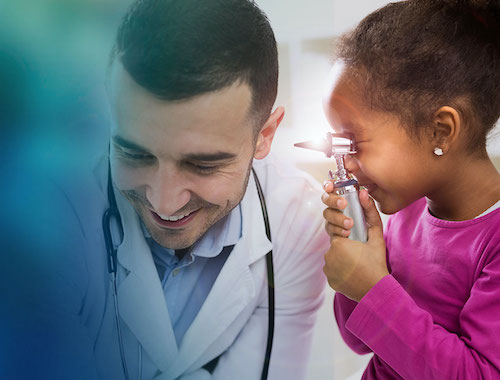Women’s breasts are always changing, often in response to hormonal changes that occur during the menstrual cycle, pregnancy, breastfeeding and menopause. While many of these changes are normal, problems can also arise. Practicing breast self-awareness can help alert you of any changes in your breasts.
When you know what is “normal” for you, you are better able to identify new changes when they occur. See your health care provider right away if you notice the following:
- A lump, hard knot or thickening in or near your breast or under your arm
- Swelling, warmth, redness or darkening
- Change in the size or shape of the breast
- Dimpling or puckering of the skin
- Itchy, scaly sore or rash of the nipple
- Pulling in of your nipple or other parts
- Nipple discharge (fluid that is not breast milk)
- New pain in a spot that does not go away
It is important to note that if you experience the symptoms above, it does not necessarily mean you have breast cancer. There are other breast problems that can occur, some of which are fibrocystic breast changes, breast cysts, fibroadenomas and mastitis.
Fibrocystic breast changes are most common in women in their childbearing years. This condition is characterized by breasts that are swollen, lumpy and tender. Breast cysts are small, fluid-filled sacs that may cause pain or tenderness. Breast cysts occur most often in women ages 25-50. Fibroadenomas are most common in young women and are characterized by solid, well-defined lumps. Mastitis is when an infection occurs in the breast tissue, most often in women who are breastfeeding.
In addition to breast self-awareness, regular screening mammograms and clinical breast exams are tools we have that can help detect breast cancer before it has progressed. We know that breast changes can be alarming. If you notice any of the changes listed above, or something else that is new for you, never hesitate to make an appointment with your healthcare provider.





